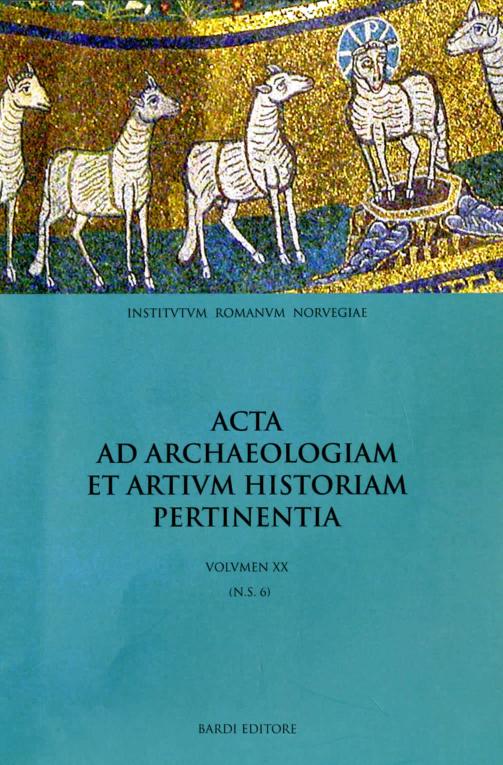The whole world gathered in one place. Pliny’s vision of Rome as a museum
DOI:
https://doi.org/10.5617/acta.5743Sammendrag
The Elder Pliny and Josephus are the main sources of information about the Temple of Peace erected by the Emperor Vespasian in AD 75. The temple buildings and the large square in front of them contained one of the most important art exhibitions in Imperial Rome. Nero’s art collection from the Domus Aurea and the spoils from the Jewish War were put on display here. Recent excavations give us some idea of the physical setting of the art works. On the basis of the written sources, this article discusses the tradition and the political background and considerations that lead to the erection of this magnificent monument to Peace and analyzes the function and the symbolism of some of the art works put on display in the area of the Temple. In his reaction to reign of Nero and Nero’s abuse of art Vespasian is seen by Pliny as an innovator through the fact that Vespasian looks back to the tradition of his early predecessor Augustus.
Hvordan referere
Utgave
Seksjon
Lisens

This work is licensed under a Creative Commons Attribution-NonCommercial 4.0 International License.
Authors who publish with this journal agree to the following terms:
- Authors retain copyright and grant the journal right of first publication with the work simultaneously licensed under a Creative Commons Attribution License that allows others to share the work with an acknowledgment of the work's authorship and initial publication in this journal.
- Authors are able to enter into separate, additional contractual arrangements for the non-exclusive distribution of the journal's published version of the work (e.g., post it to an institutional repository or publish it in a book), with an acknowledgement of its initial publication in this journal.
- Authors are permitted and encouraged to post their work online (e.g., in institutional repositories or on their website) prior to and during the submission process, as it can lead to productive exchanges, as well as earlier and greater citation of published work (See The Effect of Open Access).





